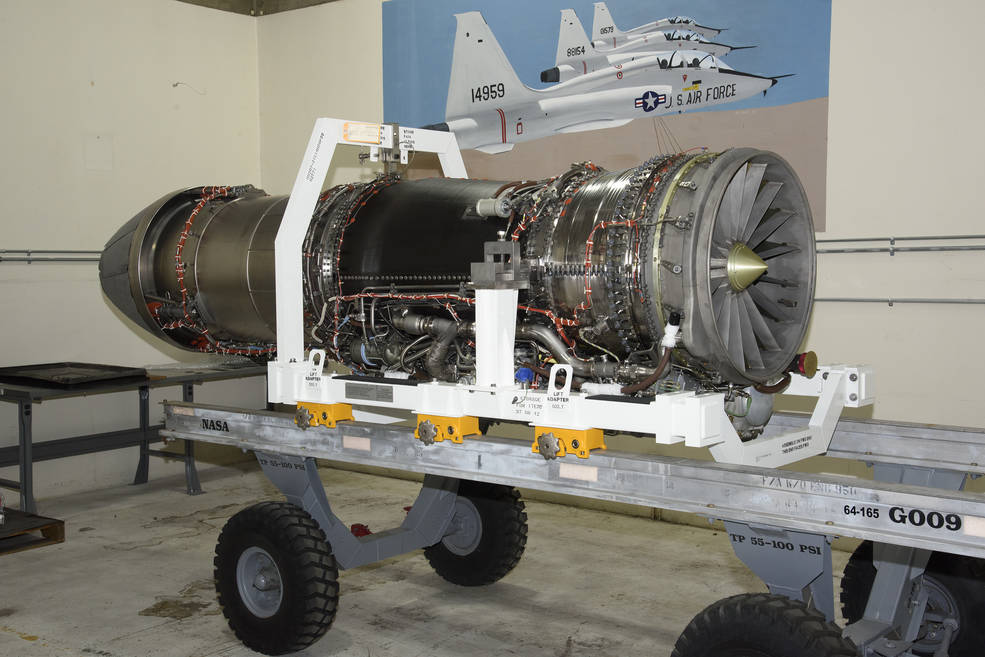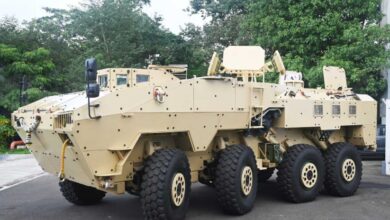Wings Of Collaboration: India & US Close To Mega Defence Deal

- Sources say that the plan calls for making parts for the engines in stages before moving on to the full step up, which will take at least a decade.
- The F414 will be worked on by HAL's Engines Division, which is based in Bengaluru.
After more than a decade of waiting, India and the US are about to sign a huge defense deal that will allow state-run Hindustan Aeronautics Limited (HAL) to work with American company General Electric (GE) to make fighter jet engines together.
At first, the partnership will be for airplane engines, but it will later include engines for Indian military ships as well.
Sources said that the planned deal, which is likely to be revealed during Prime Minister Narendra Modi’s state visit to the US next month, would be one of the most important defense collaborations between the two countries.
When US Secretary of Defense Llyod James Austin goes to New Delhi next week, one of the main things he will focus on is figuring out the big picture of the deal.
Sources said that GE and HAL need to finish a memorandum of understanding (MoU), and that both sides are “pretty close” to doing so. The second step is for the US government to let Congress know, which takes 30 days. Sources said they don’t think there will be any problems at the Congress.
Transfer of Technology (ToT) for jet engines was the main topic of National Security Advisor (NSA) Ajit Doval’s talks with his American colleague Jack Sullivan in February, when they also made the US-India Initiative on Critical and Emerging Technologies (iCET) work.
In May 2022, US President Joe Biden and Prime Minister Narendra Modi announced the iCET. Its goal is to improve and grow bilateral strategic technology partnerships and defense industrial cooperation between the governments, businesses, and academic institutions of the two countries.
The US wants to sign the deal because it will bring relations between the two countries to a new high and help it beat out European competitors like French engine maker Safran and British company Rolls-Royce.
Sources in the defense establishment said that the plan is to make the GE F414 engine, which was chosen by India in 2010 to power the Mark II version of India’s Light Combat Aircraft Tejas, which currently has a GE F404 engine.
Once production of the GE F414 starts in India, it will power all future fighter jets, like the Tejas Mk II, Advanced Medium Combat Aircraft (AMCA), and the Indian Navy’s Twin Engine Deck Based Fighter (TEDBF).
The F414 is a turbofan engine with an afterburner that has a thrust of 22,000 pounds (98 KN). Some planes that use this engine are the Boeing Super Hornets and the Gripen attack jets.
Even though the engines on the AMCA are expected to be a newer version of a higher thrust class, the 100% Transfer of Technology (ToT) to India could make it easier for the two countries to work together in the future to design, develop, and make more powerful engines.
Sources say that the plan calls for making parts for the engines in stages before moving on to the full step up, which will take at least a decade.
The F414 will be worked on by HAL’s Engines Division, which is based in Bengaluru.
When the engine was chosen in 2010, John Flannery, who was then President and CEO of GE India, said that the first batch of F414-GE-INS6 engines would be made by GE Aviation and the rest would be made in India through a transfer of technology agreement.
But plans for the ToT ran into trouble because the US government was strict about exporting vital technology. This policy was only eased in 2019.







Facebook Comments